Plains of Temples
OK not everyone’s cup of tea, but for an art history nerd, this sounded intriguing and I knew that we had to go. Bagan was for a time the capital of Burma (849 – 1273AD). Between the mid 11th century until it’s decline in 1273 this place witnessed an unprecedented amount of constructions, partlicularly of Buddhist stupas and temples. The capital was eventually abandoned when the Mongols invaded under Kublai Khan, but not destroyed, so today Bagan is one of the top tourists sites of Myanmar and should rank as one of the top archaeological sites of South-East Asia. It is an area worthy of comparison with Cambodia’s Angkor Wat.
I’m so glad we went. We spent 3 full days here and I think we could have spent more. The archaeological zone is quite literally littered with stupas and temples which vary in height, size, age and style.
We visited the temples in rather a random order. The first day, we went where our guide took us, following that, we read the Lonely Planet, looked at the map for distance guidance and talked with hotel staff for recommendations as to which temples might be interesting to visit. Some are are known for their carved wall decorations, others are famous for their murals. Others still are visited for the views they afford from the outside levels, sunset being a particular favourite time with tourists. We didn’t go chronologically or stylistically, so I couldn’t get a sense of stylistic development from an art history point of view. If we went back, I think I would try to see them in more of a chronological order to get a handle on the changes of style. Still, we really enjoyed the temples we did see, some we even went back to for a second visit.
The first one we visited was one of the largest. Well maintained and nice to walk around. The Schwezigon Pagoda, it has a large golden stupa which you can walk around as well as smaller shrines. The first stupa dates from the 11th century, so around the time when the building of stupas got going.
Next we visited Htilominlo temple dates from the early 13th century. The intricate plaster and sandstone carving on this temple were just gorgeous.
Our last temple of day 1 was the Ananda temple. This is one of the biggest and best preserved temples. It was built at the end of the 11th century. As well as looking lovely from the outside, it houses four beautiful standing buddha statues.
At some statues, it is possible to buy small pieces of gold leaf, which you can then apply to some statues. The regular additions give the buddhas are rather bubbly look
Other temples we visited included Thatbyinnyu Temple.
The fabulous Shwesandaw temple, which has extremely steep steps leading up to a series of outside galleries with fantastic views. There is also a long reclining buddha, housed in a long, narrow building that has absolutely no signage, but is well worth having a look at.
Not all the Buddha images are gold, some are painted stone or plaster. The large and very smelly (thanks to the resident bats) Dhammayangyi temple is home to an unusual double Buddha image.
The temples are popular places to watch the sunset and sunrise. We did both. For the sunrise we went to Pya Tha Da. It has a wide platform – ideal for sitting, walking around for spectacular views. It was also virtually deserted, only one other person was there for most our dawn view. The views and peace were definitely worth the very early start.
For the sunset we went back to Thatbyinyu Temple as it was very close to our hotel.
It’s not just foreigners that come for the views. We met a lovely local couple who were on their honeymoon.
There are different ways of getting around and seeing the temples. We tried them all! Our first day we got a driver and guide – so we could get oriented and get some information about what we were looking at. The next day we got a horse and cart. Slower, but more fun.
We also did shorter trips for sunrise viewing with just a driver. Our last day we ended up (after much persuading ) to get Tali onto a moped and the 3 of us zipped around for a couple of hours.
We wanted to get pedal bikes, but couldn’t find any with child seats.
The larger temples are generally well maintained, and are places of worship. Tali got into praying, and we said a small prayer of thanks at nearly each one. That’s a LOT of prayers….
Although ancient, these are still places of worship so it’s important to dress conservatively and be prepared to walk barefoot.
As the temples draw the tourists, so follows the shops and at some we were besieged by ladies and children trying to sell us postcards, lacquer ware, paintings and all the books that George Orwell ever wrote! This got annoying at times, but we also gave in to our tourist nature and got some Christmas presents and an outfit for Tali. I don’t know who had more fun, Tali getting dressed up, the ladies dressing her up or us taking the photos and watching the scene!
As well as temples, you can do a sunset river boat cruise which was nice, and easy to organise at the riverside. Our hotel was a short walk away from the river, so it was very convenient for us.
There is a temple across the river which you can also visit. It’s a ferry ride followed by a rather bumpy drive up the hill on the other side. The lonely planet said you could walk – but it would be a very, very long walk. We were at least 25 minutes in the car. The view back over Bagan is nice and the Tan Kyi temple is pretty too.
We had a fantastic time in Bagan and I highly recommend it. As this long post comes to a close – I just couldn’t manage to cut it down – there will be one more on our time in Myanmar. Our pictures from the hot-air balloon ride we did over these spectacular temples. Tune in for more very soon!

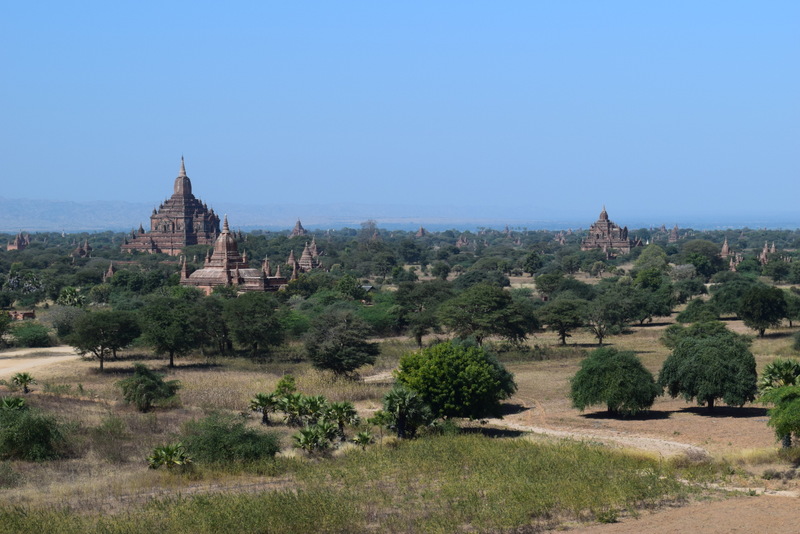
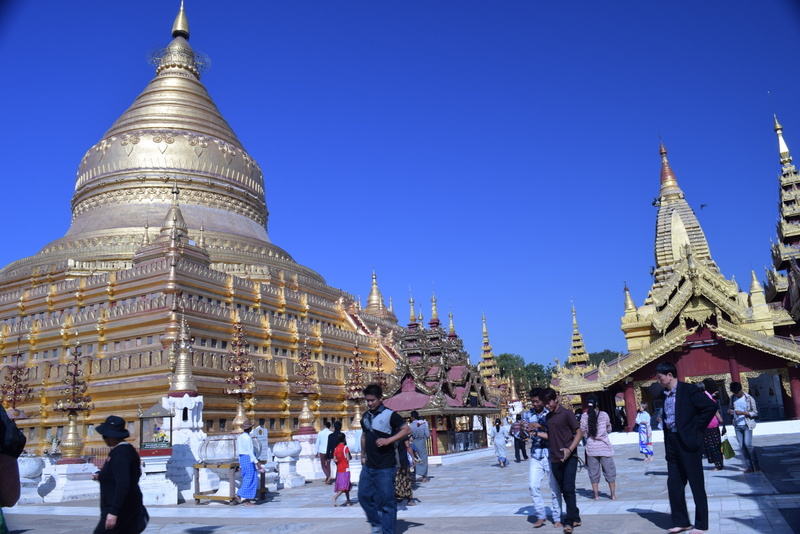
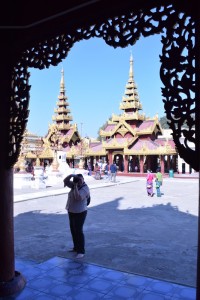
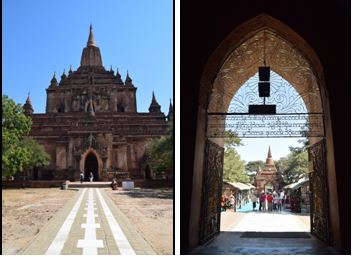
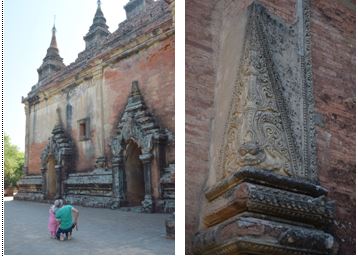
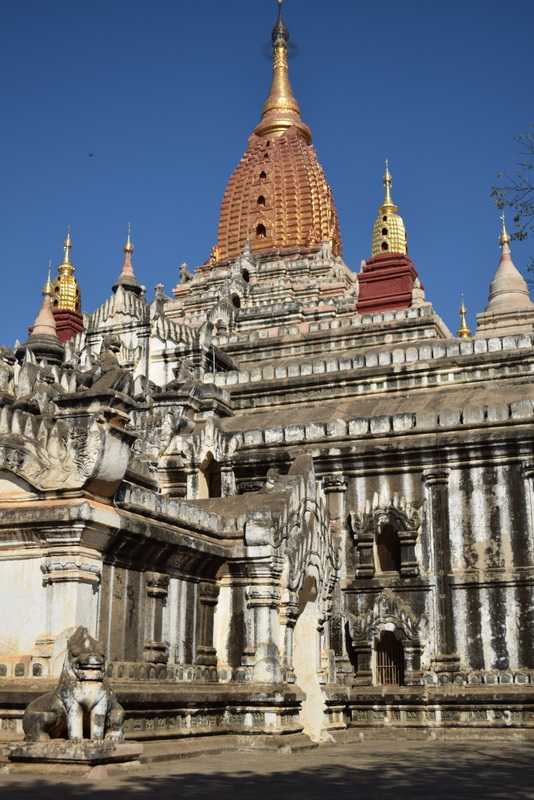
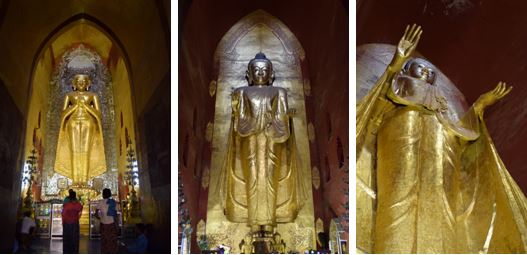
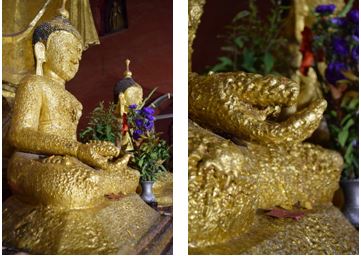
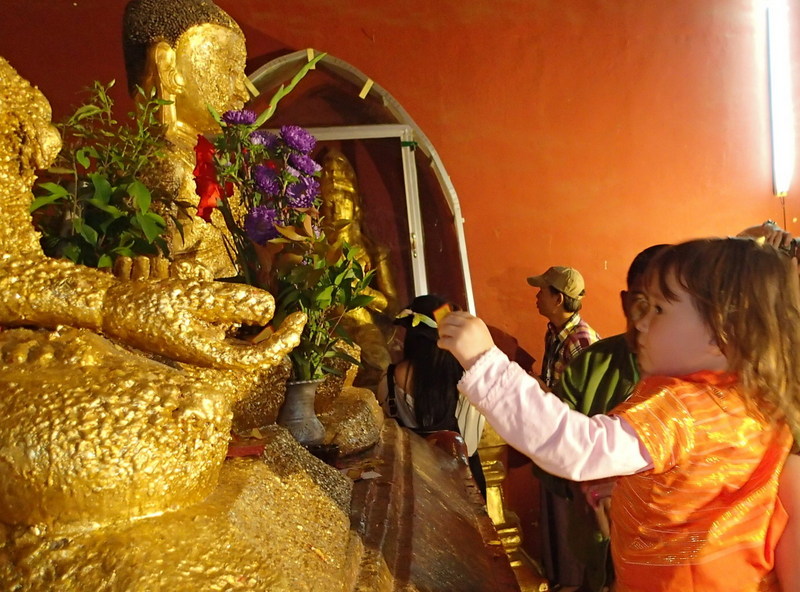
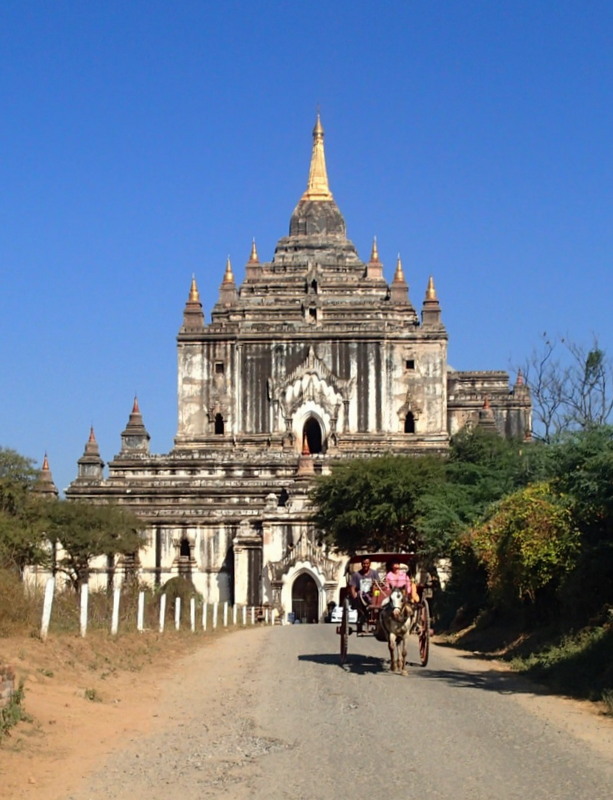
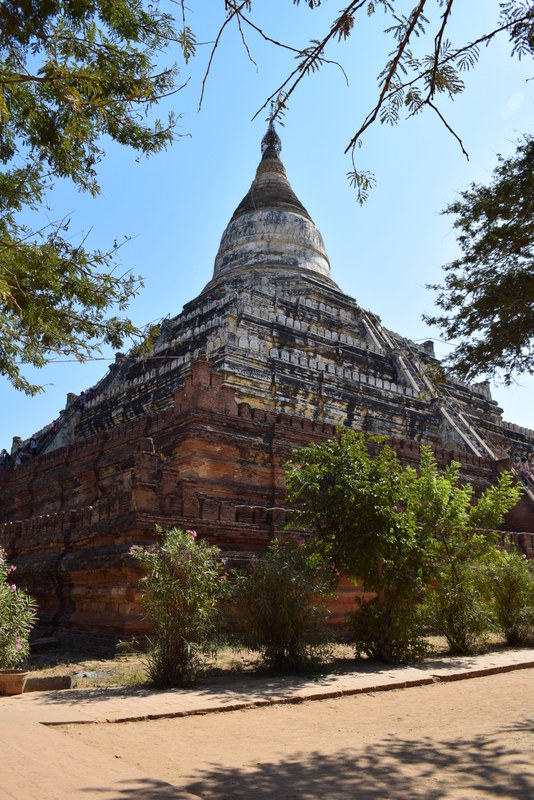
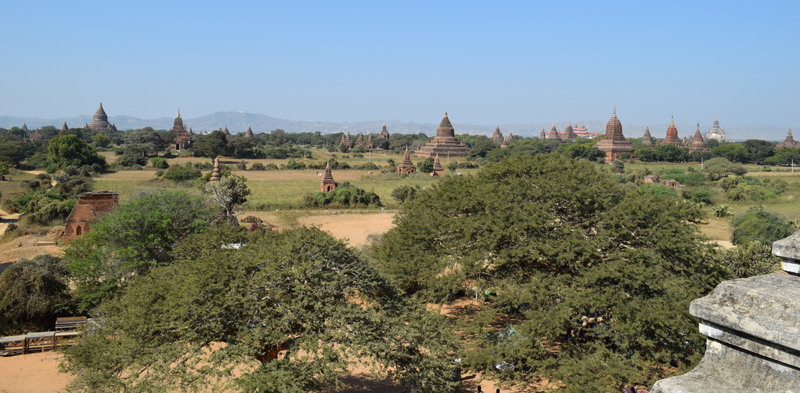
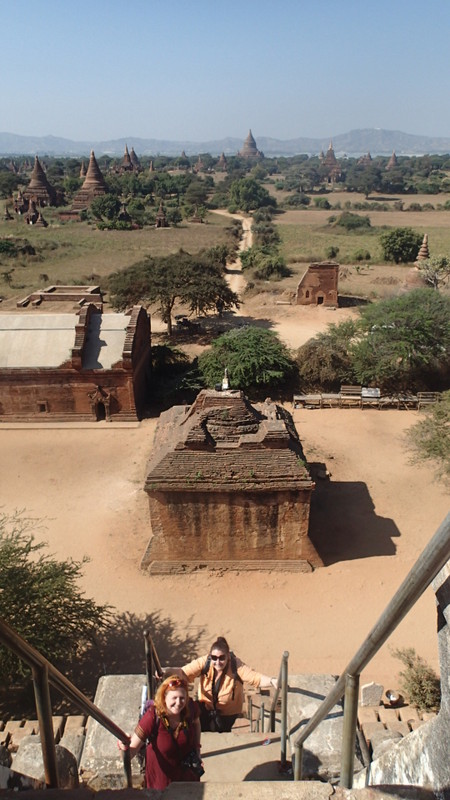
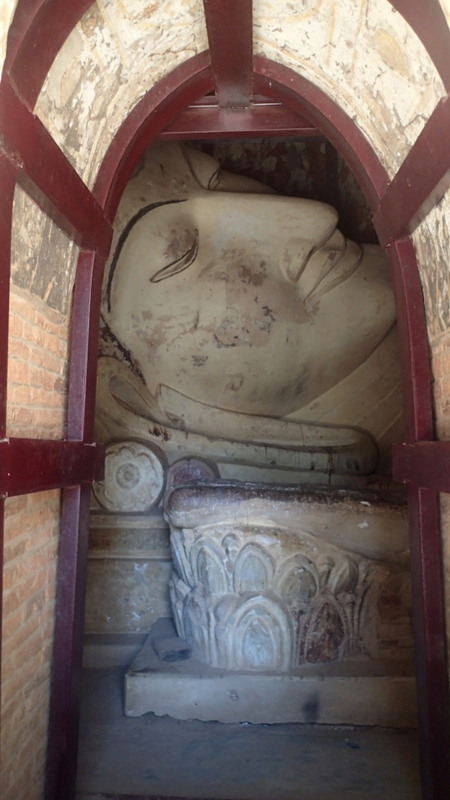
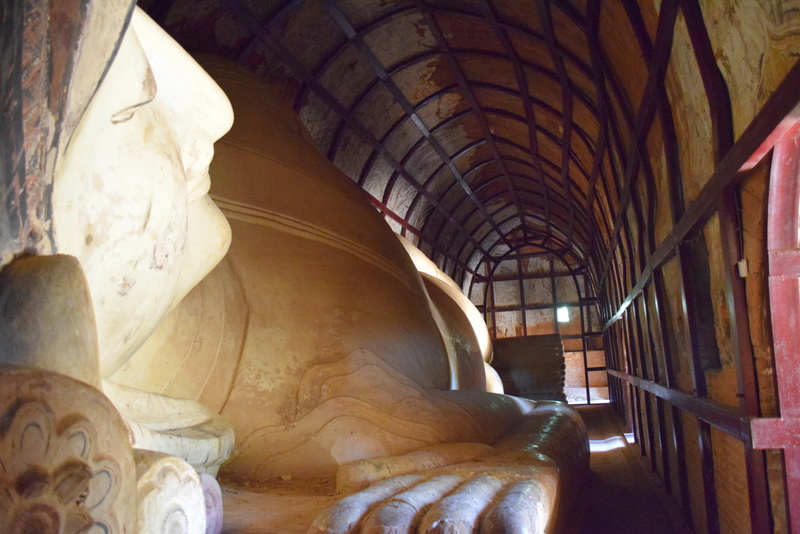
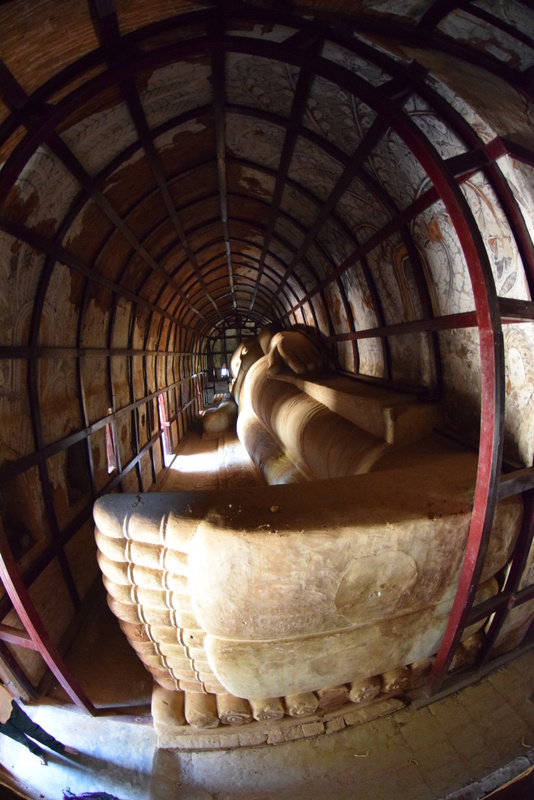
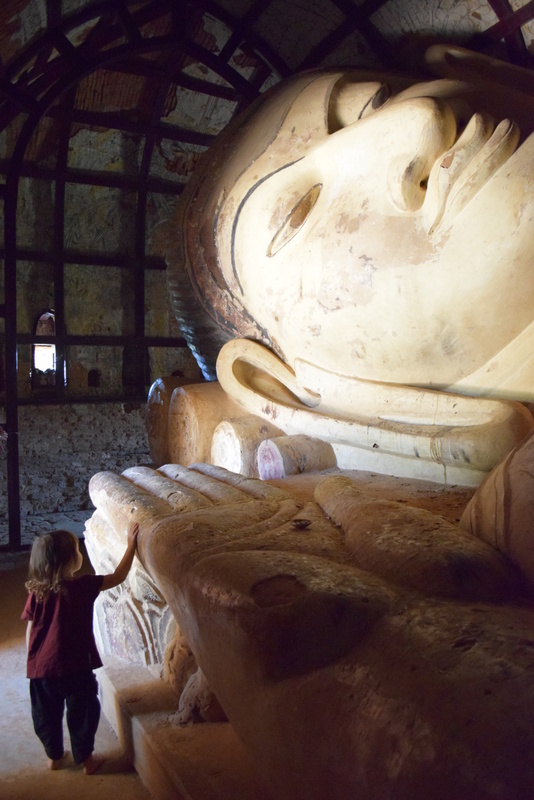
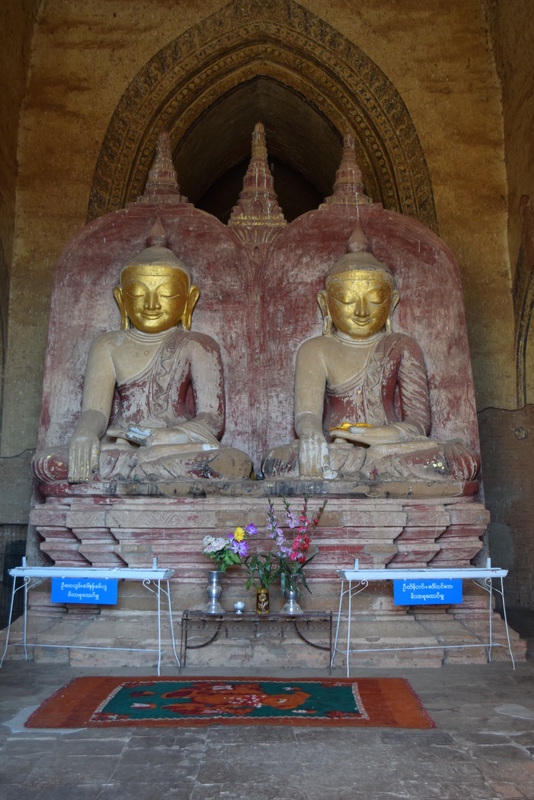
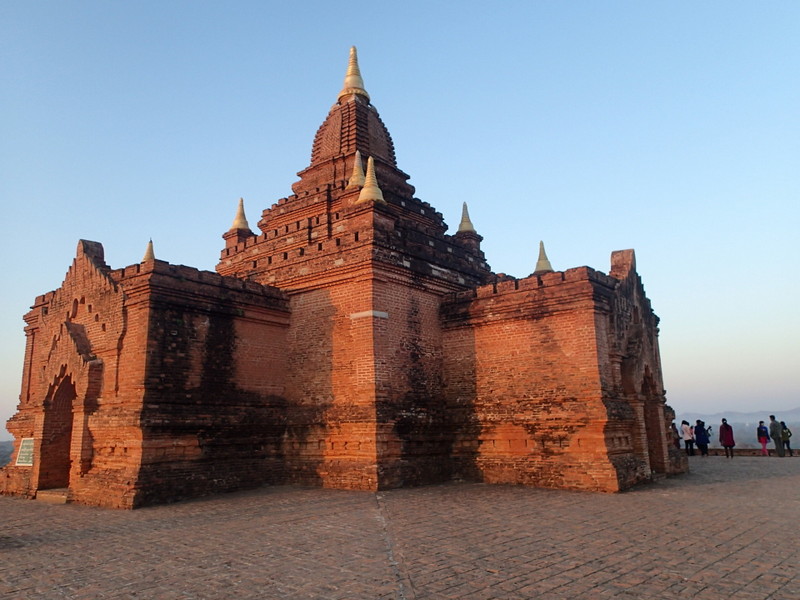
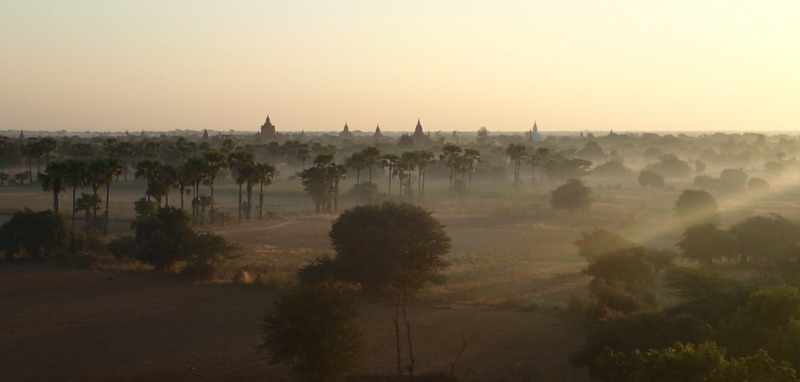
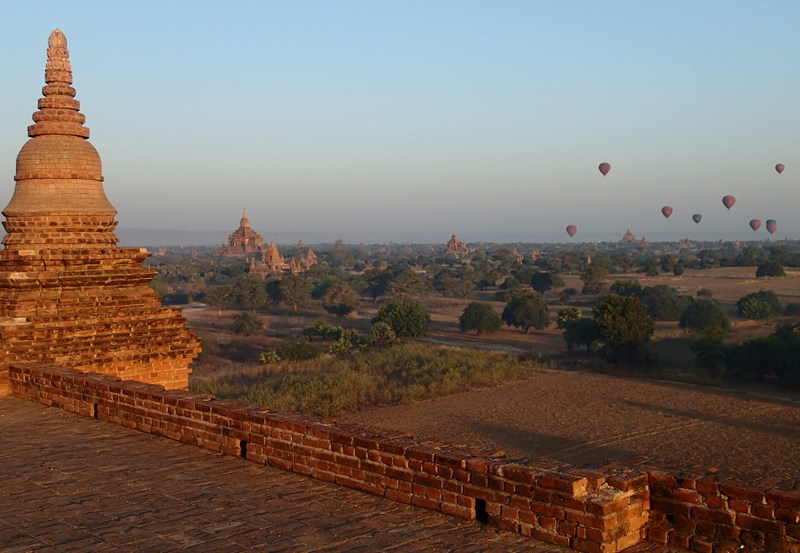
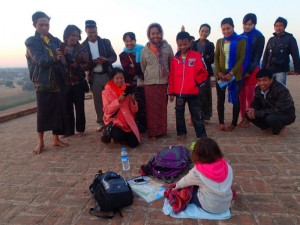
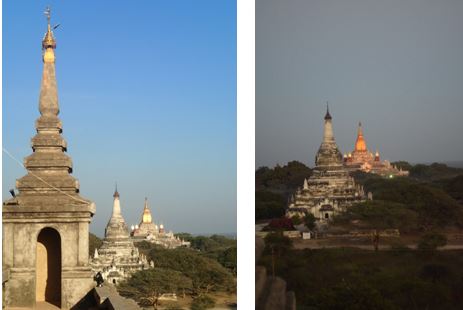
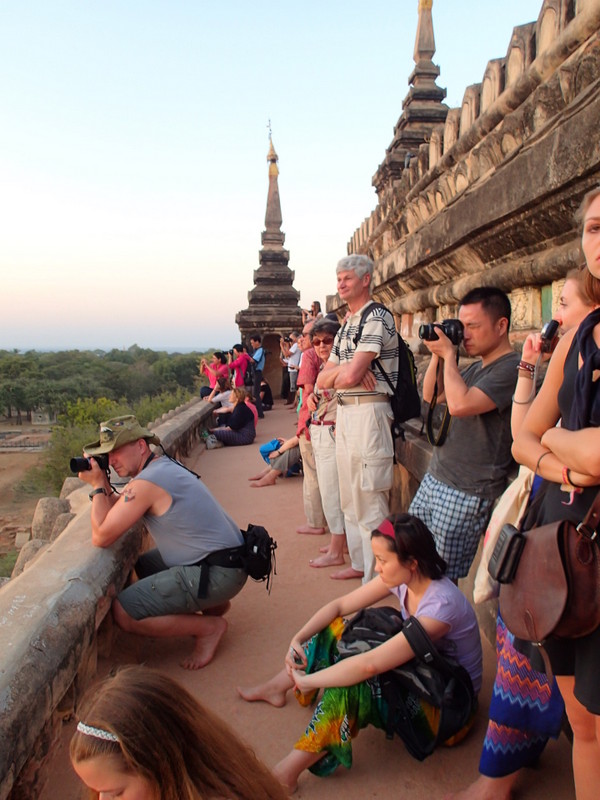
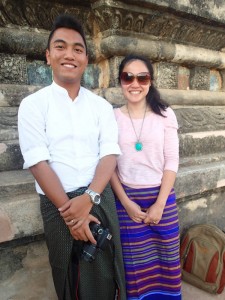
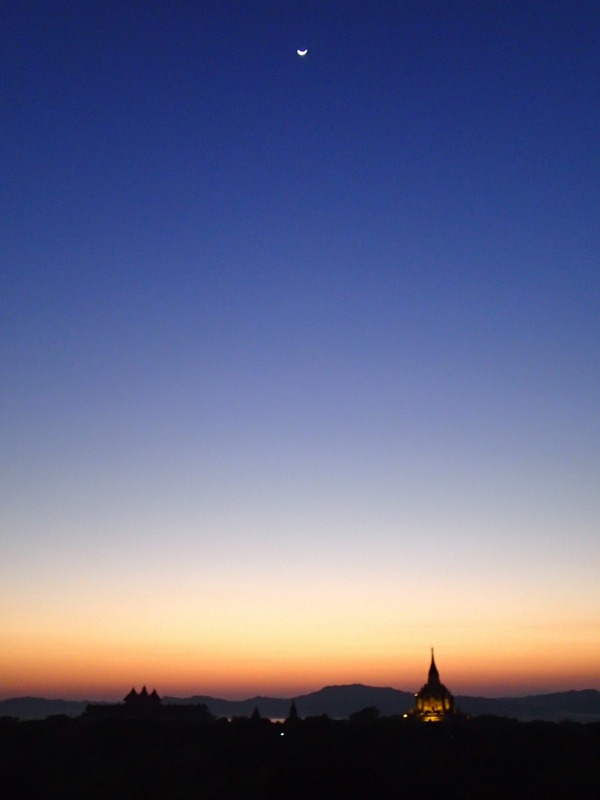
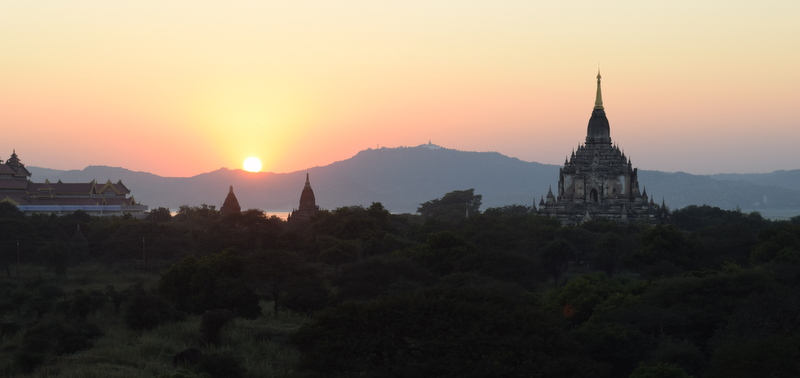
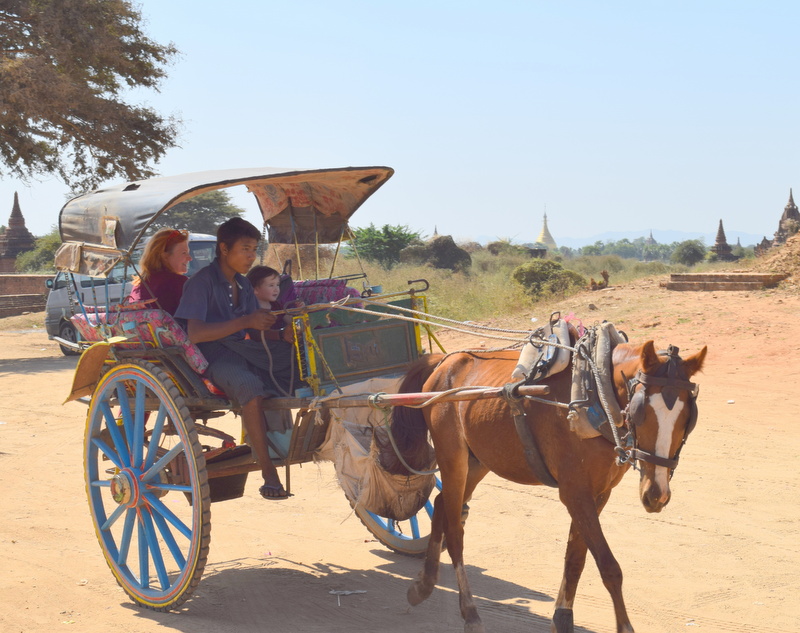
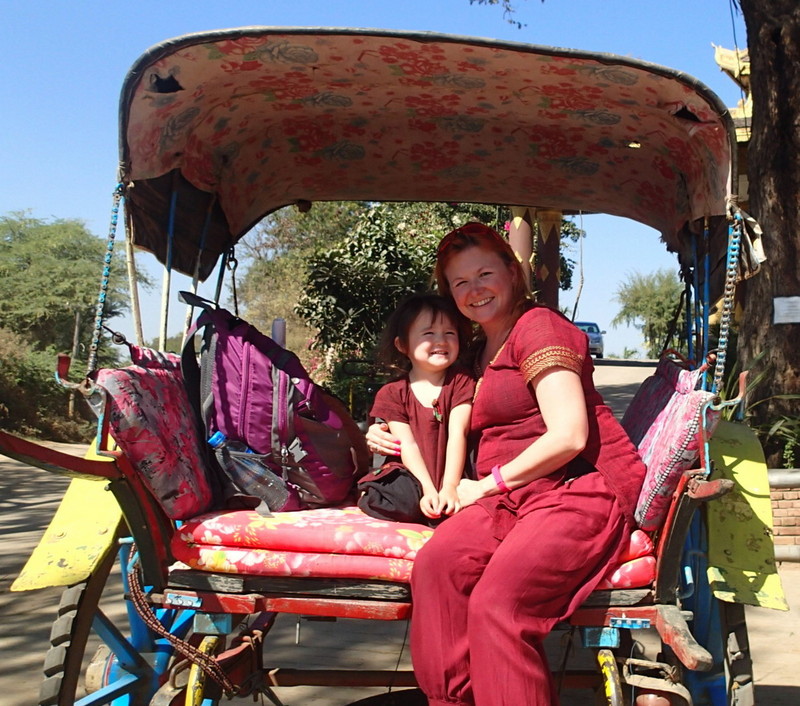
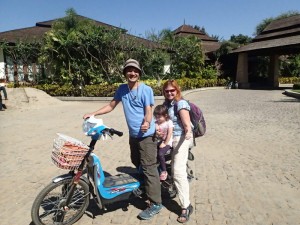
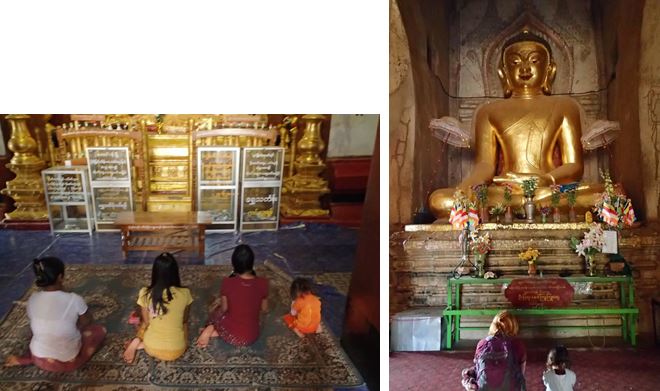
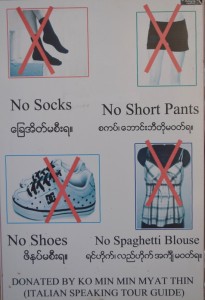
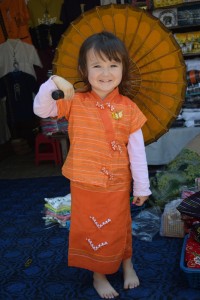
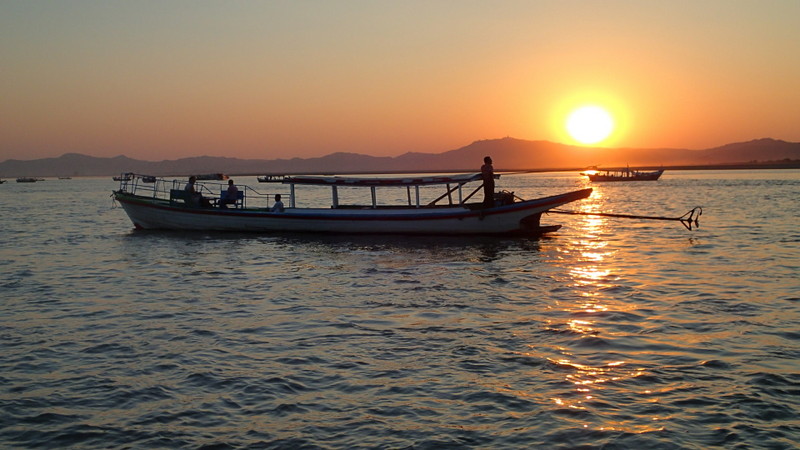
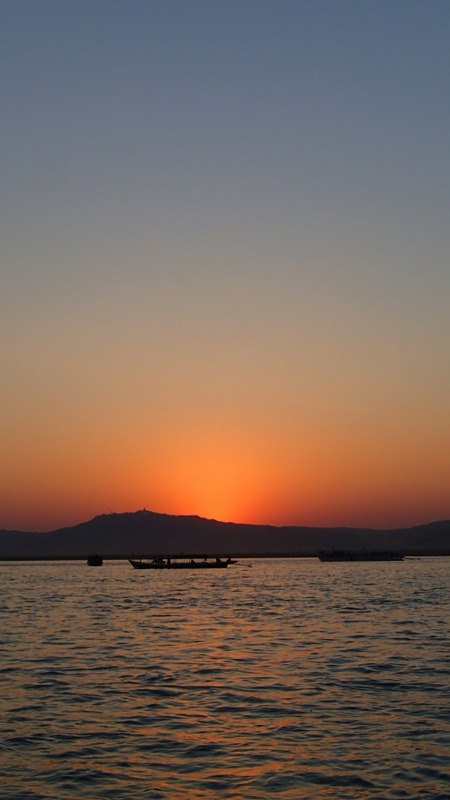
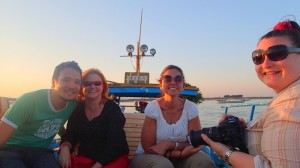
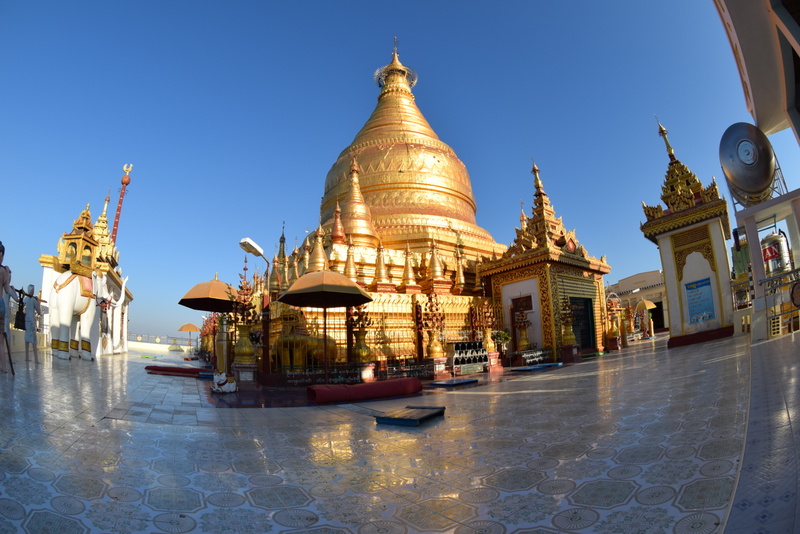
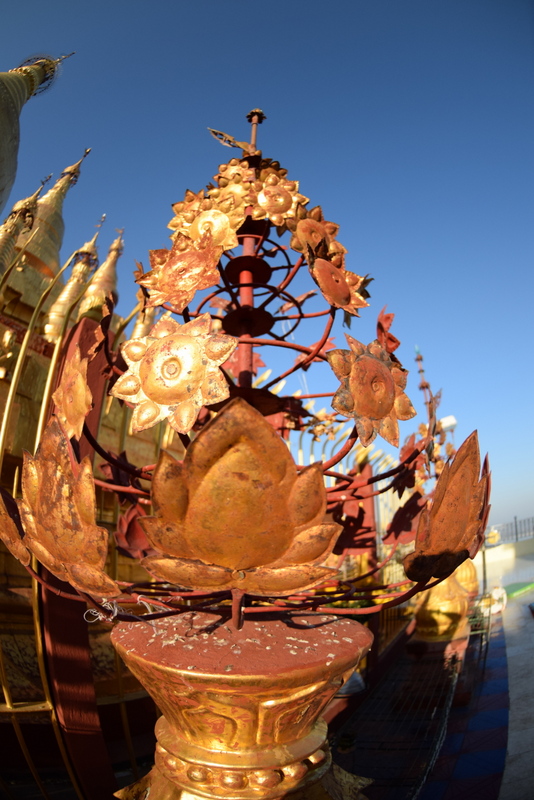


Recent Comments